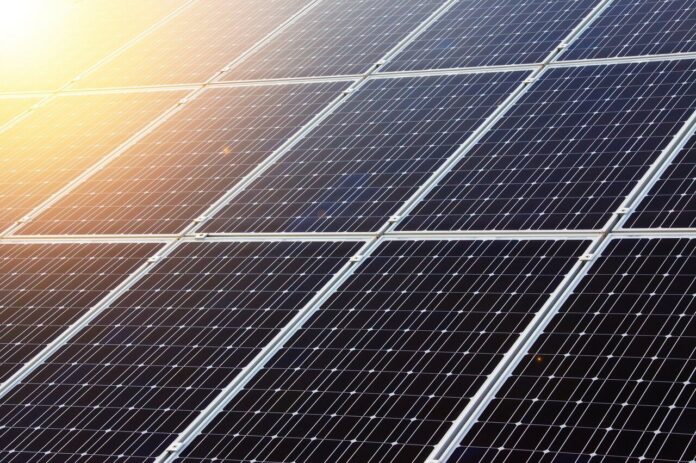In a breakthrough development, scientists at Imperial College London have created a revolutionary solar technology called PV-leaf that has the potential to harness more power than standard solar panels. Inspired by the structure and functionality of natural leaves, the PV-leaf is composed of glass, photovoltaic cells, bamboo fibers, and hydrogel cells. Not only does it generate electricity, but it also has the unique capability to produce freshwater by mimicking transpiration. By utilizing this innovative leaf-like design, the scientists have discovered that the artificial leaf can generate over 10% more electricity compared to conventional solar panels. Moreover, it can also utilize the recovered heat from the process to produce additional thermal energy and freshwater simultaneously. This groundbreaking invention holds promise in accelerating the global energy transition and addressing the crucial challenges of increasing energy demand and freshwater scarcity.
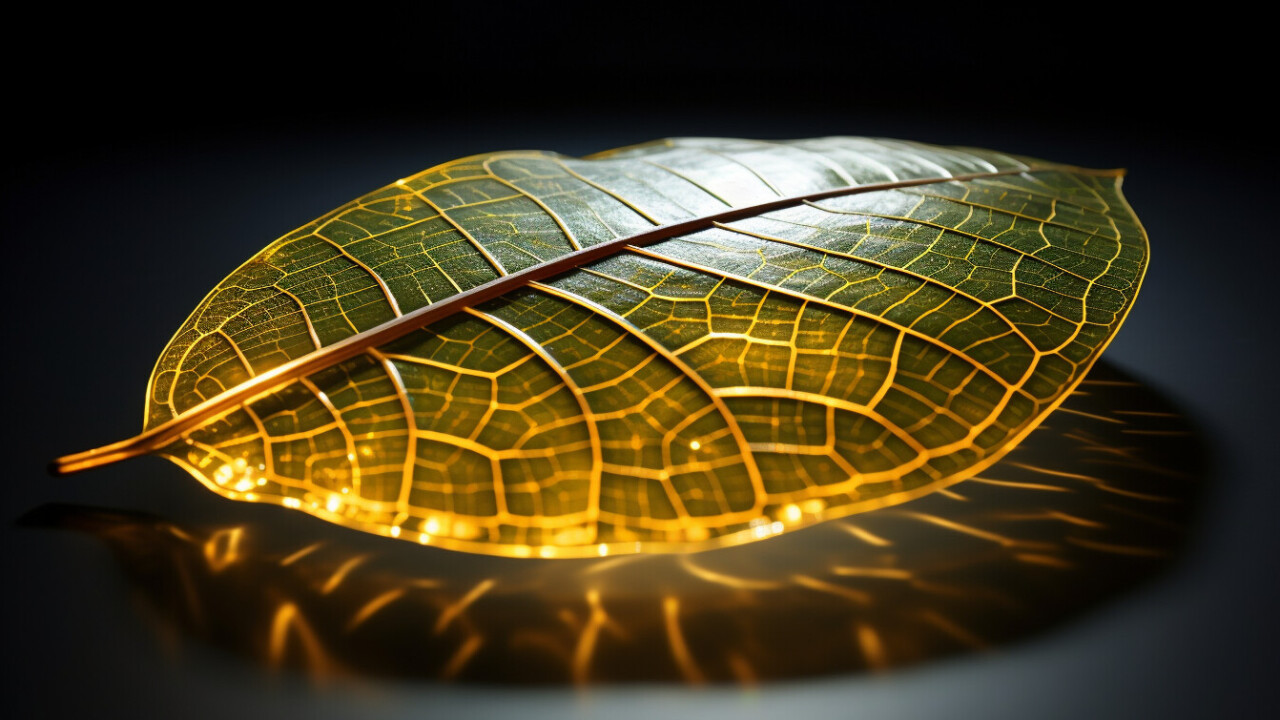
The PV-Leaf That Surpasses Conventional Solar Panels in Power Generation
Solar energy has long been hailed as the future of renewable energy, and in recent years, remarkable advancements have been made in the field. Scientists at Imperial College London have developed a groundbreaking technology called PV-leaf that has the potential to revolutionize the solar energy industry. This innovative design utilizes nature-inspired solutions to harness more power than standard solar panels while also addressing the challenges of energy and water supply. In this article, we will delve into the design and features of PV-leaf, compare it to artificial leaf technology, explore its potential impact, introduce the scientists behind it, and discuss the importance of innovations in solar technology.
The Design and Features of PV-leaf
PV-leaf is a leaf-inspired technology that mimics the structure and functions of a real leaf. Its design consists of glass, photovoltaic cells, bamboo fibers, and hydrogel cells, which combine to create a leaf-like structure. The hydrogel cells enable water to move and distribute throughout the artificial leaf’s structure, allowing for evaporation from its surface and effective cooling. This cooling mechanism is essential as it prevents the panels from overheating, a common problem in standard solar panels.
Mimicking a Real Leaf
The design of PV-leaf is based on the principles of transpiration in plants. By mimicking this process, the artificial leaf can generate over 10% more electricity compared to conventional solar panels. This increase in efficiency is due to the cooling effect of the evaporation, which prevents the panels from overheating and improves their overall performance.
Cooling Mechanism
In hot and sunny conditions, solar panels can heat up to temperatures of 65°C or more, which significantly reduces their efficiency. The increased heat causes the electrons in the semiconductor material to move more energetically, leading to higher resistance and reduced electrical output. PV-leaf’s cooling mechanism combats this issue by utilizing evaporation, which cools down the panels and improves their energy conversion efficiency.
Improved Efficiency Compared to Standard Panels
The innovative design of PV-leaf allows it to harness more power than standard solar panels. By incorporating principles from nature, such as transpiration, the artificial leaf is able to optimize its energy conversion process. This increased efficiency is a significant breakthrough in the field of solar technology and has the potential to accelerate the global energy transition.
Heat Recovery for Additional Energy and Freshwater Generation
One of the unique features of PV-leaf is its ability to recover heat and utilize it to produce additional thermal energy and freshwater simultaneously. This breakthrough has the potential to address two pressing global challenges: the need for increased energy and freshwater. If scaled up, PV-leaf could generate billions of cubic meters of water annually, providing a sustainable solution for water scarcity in many parts of the world.
Scalability Potential
While PV-leaf is still in its infancy, the research team behind it has high hopes for its scalability potential. By implementing this innovative leaf-like design on a larger scale, the global energy transition could be expedited, leading to a cleaner and more sustainable future. PV-leaf has the potential to be a game-changer in the renewable energy industry.
Utilizing Nature-Inspired Solutions for Energy Generation
PV-leaf’s design is solely based on nature-inspired solutions, making it a unique and innovative technology in the field of energy generation. By looking to nature for inspiration, scientists have been able to develop a technology that is not only efficient but also sustainable and environmentally friendly. Nature has been evolving for millions of years, and by studying and replicating its mechanisms, we can tap into its wisdom and create innovative solutions for our energy needs.
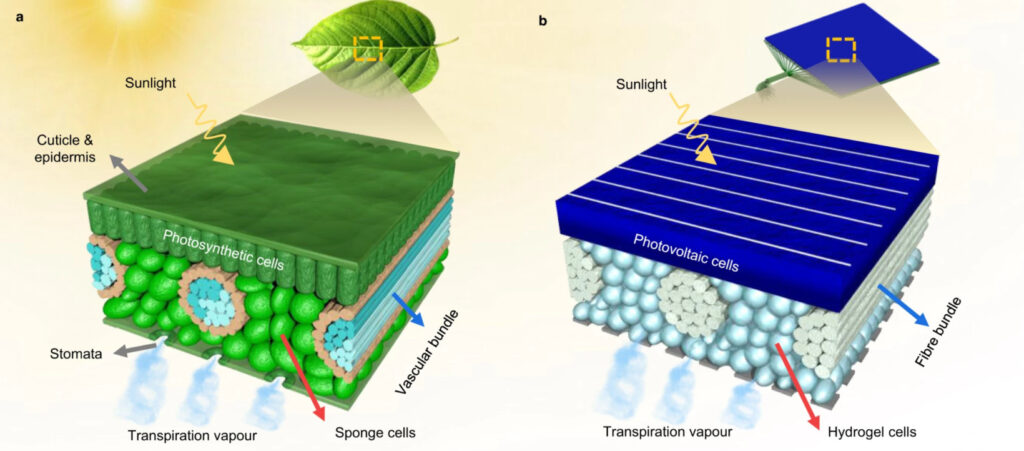
PV-leaf vs. Artificial Leaf Technology
While PV-leaf and artificial leaf technology share the common goal of harnessing solar energy, they employ different approaches in energy conversion. PV-leaf focuses on utilizing nature-inspired cooling mechanisms and heat recovery, while artificial leaf technology utilizes sunlight to convert water and carbon dioxide into clean alternatives to fossil fuels, such as ethanol and propanol.
Different Approaches in Energy Conversion
PV-leaf’s approach to energy conversion revolves around optimizing the efficiency of solar panels by incorporating cooling mechanisms inspired by transpiration in plants. By addressing the issue of overheating and improving energy conversion efficiency, PV-leaf ensures that more solar energy is harnessed and utilized effectively.
On the other hand, artificial leaf technology aims to directly convert sunlight, water, and carbon dioxide into alternative fuels. This approach bypasses the need for traditional solar panels and focuses on generating clean energy sources that can replace fossil fuels.
Comparing Energy Outputs and Applications
When comparing the energy outputs and applications of PV-leaf and artificial leaf technology, it becomes clear that they cater to different needs and offer unique advantages. PV-leaf excels in harnessing solar energy efficiently and improving the performance of solar panels. Its cooling mechanism and heat recovery capabilities make it a valuable technology for large-scale energy generation.
Artificial leaf technology, on the other hand, provides a solution for clean fuel production. By converting sunlight, water, and carbon dioxide into ethanol and propanol, it offers a sustainable alternative to traditional fossil fuels. This technology has the potential to significantly reduce greenhouse gas emissions and mitigate the adverse effects of climate change.
Both PV-leaf and artificial leaf technology contribute to the advancement of renewable energy solutions and demonstrate the power of nature-inspired innovation in addressing global challenges.
The Potential Impact of PV-leaf
PV-leaf has the potential to accelerate the global energy transition by enhancing the performance of solar panels and ensuring cost-effectiveness and practicality. Its ability to generate over 10% more electricity than conventional solar panels makes it a valuable asset in meeting the growing energy demands of the world.
Accelerating Global Energy Transition
The global energy transition towards renewable sources is crucial for mitigating the effects of climate change and reducing dependence on fossil fuels. PV-leaf’s improved efficiency and cooling mechanism make it an essential tool in accelerating this transition. By harnessing more power from the sun, PV-leaf can contribute to a cleaner and more sustainable energy future.
Addressing the Challenges of Energy and Water Supply
In addition to its energy generation capabilities, PV-leaf also has the potential to address the challenges of energy and water supply. Its heat recovery capabilities and simultaneous freshwater generation make it an innovative solution for regions facing water scarcity. By utilizing recovered heat for additional thermal energy production and freshwater generation, PV-leaf can provide a sustainable source of both energy and water.
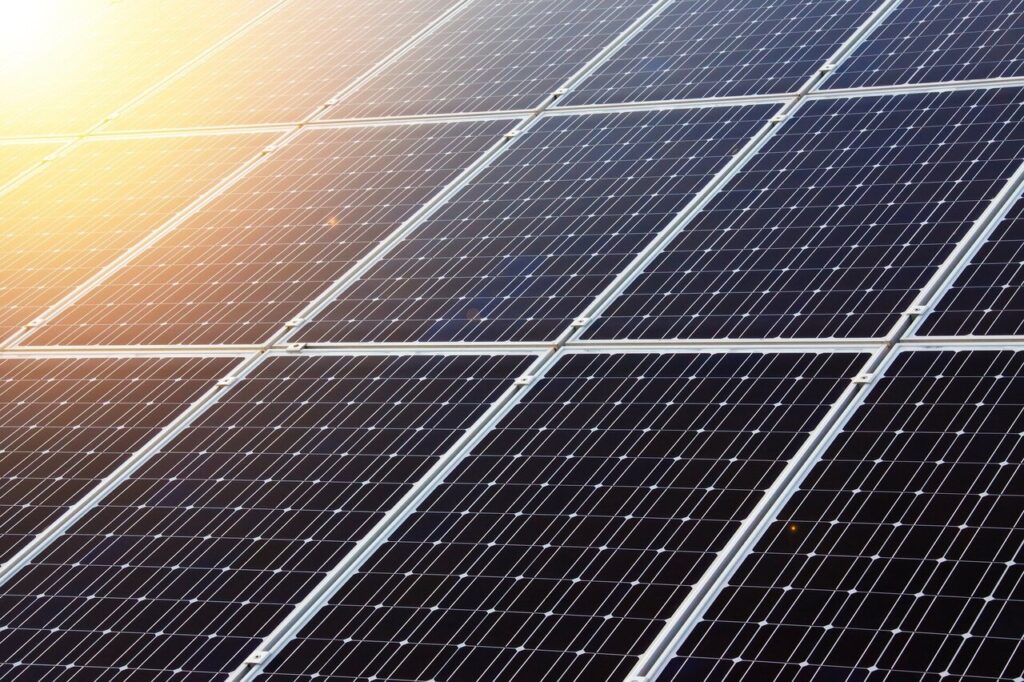
Previous Plant-Inspired Energy Generation Innovations
PV-leaf is not the first technology to take inspiration from plants for energy generation. The University of Cambridge’s artificial leaf is another notable example of plant-inspired innovation in the field of renewable energy.
University of Cambridge’s Artificial Leaf
The artificial leaf developed by scientists at the University of Cambridge uses sunlight to convert water and carbon dioxide into ethanol and propanol. By replicating the process of photosynthesis, this technology offers a clean alternative to traditional fossil fuels. It utilizes natural mechanisms to generate energy and provides a sustainable solution to the challenges of climate change and greenhouse gas emissions.
Exploring Clean Alternatives to Fossil Fuels
Both PV-leaf and the University of Cambridge’s artificial leaf demonstrate the importance of exploring clean alternatives to fossil fuels. By harnessing the power of nature and replicating its mechanisms, scientists are able to develop innovative solutions that reduce our dependence on finite resources and mitigate the adverse effects of climate change.
Introducing the Scientists behind PV-leaf
The development of PV-leaf is credited to scientists at Imperial College London, specifically Dr. Gan Huang and Professor Christos Markides.
Scientists at Imperial College London
Imperial College London is renowned for its cutting-edge research and contributions to various fields of science and innovation. The scientists at Imperial College London have been at the forefront of renewable energy research, constantly pushing the boundaries of what is possible in terms of clean energy generation.
Dr. Gan Huang and Professor Christos Markides
Dr. Gan Huang and Professor Christos Markides are key figures in the development of PV-leaf. Their expertise in the fields of energy and thermal engineering has been instrumental in creating this groundbreaking technology. Their dedication to addressing global challenges through innovative solutions is evident in their work on PV-leaf.
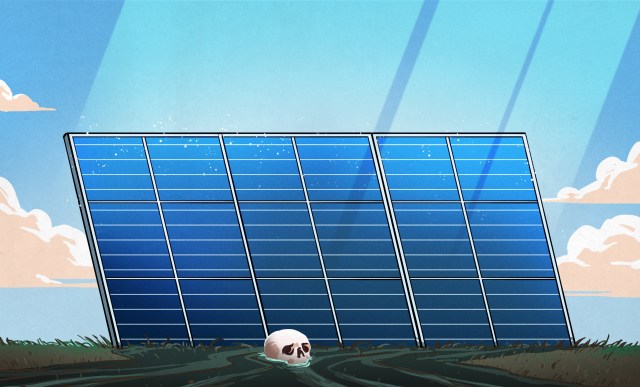
PV-leaf: A Breakthrough in Renewable Energy
PV-leaf represents a significant breakthrough in renewable energy technology. Its innovative design, which mimics a real leaf, coupled with its cooling mechanism and heat recovery capabilities, make it a game-changer in the solar energy industry. By harnessing more power than standard solar panels and addressing the challenges of energy and water supply, PV-leaf has the potential to revolutionize the way we generate and utilize renewable energy.
The Importance of Innovations in Solar Technology
Innovations in solar technology, such as PV-leaf, hold immense importance in the pursuit of a sustainable future. As the demand for clean energy continues to rise, it is vital to develop technologies that optimize energy generation, improve efficiency, and address global challenges. By harnessing the power of nature and incorporating nature-inspired solutions, scientists can unlock new possibilities and drive the global energy transition forward.
Conclusion
PV-leaf is a truly revolutionary solar technology that has the potential to reshape the renewable energy landscape. Its design, inspired by nature, offers improved efficiency, cooling mechanisms, and heat recovery capabilities. By harnessing more power than standard solar panels, PV-leaf can accelerate the global energy transition and address the challenges of energy and water supply. The scientists behind PV-leaf, Dr. Gan Huang and Professor Christos Markides, have demonstrated the power of nature-inspired innovation in creating groundbreaking technologies. The future of solar technology looks bright, thanks to innovations like PV-leaf.

